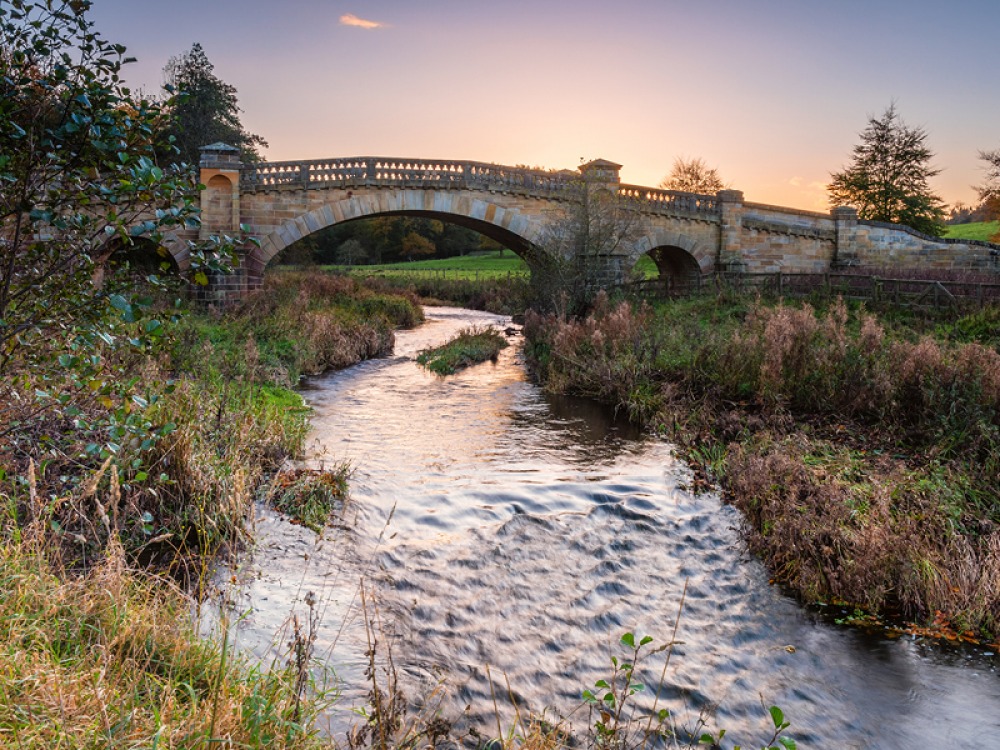How Pine Martens Are Making a Comeback in the UK

Prepare to see more of our furry friends

You’d be forgiven for not knowing too much about pine martens, small, furry mustelids with foxy faces and bushy tails, but due to the work of the Vincent Wildlife Trust (who recently received funding from the National Lottery Heritage Fund) you should expect to hear a lot more about them in the coming years. The project, Martens on the Move, aims to not only encourage the existing population of pine martens in the UK to expand, but also to educate the public about them. But this shouldn’t be mistaken for a reintroduction project. ‘It’s really important to emphasise that this isn’t a reintroduction project,’ Steve says. ‘It’s very much about facilitating the natural recovery of pine martens, but also raising awareness of pine martens in the process so we can aid that natural recolonisation. That’s going to involve communication with the general public, but particularly with people in those regions where pine martens are recovering.’
Pine martens could once be found throughout the UK, but have suffered a heavy decline for a number of reasons. ‘They were considered to be the second most common carnivore at one time, so more common than foxes, more common than badgers,’ Steve tells us. ‘Then over the course of history, with the loss of their woodland habitat from deforestation, the population shrank, combined with the effects of hunting, particularly in the 18th and 19th centuries when game shooting became quite popular. So those combined impacts of predator control and loss of their woodland home really restricted the population to some outlying areas in the north of Wales and north of England and in Scotland. They’ve really mainly just held on in the north west of Scotland, which became their stronghold as there were fewer people.’
Read More: On Screen Locations to Inspire Your Next Breakaway

The Vincent Wildlife Trust, a national conservation organisation with a specialist focus on small mammals, have a grand vision for how the species can be helped across the UK, which includes practical on-the-ground work and also a campaign to spread awareness. ‘This project has several factors really. One of the things was a massive awareness raising programme so that nationally people are more aware of what pine martens are, the history of them in Britain and what their conservation status is, but also importantly how people can get involved to help with their conservation,’ Steve explains. Involved in this will be national online webinars, public talks, volunteer recruitment and bespoke workshops for foresters, gamekeepers and land managers who need to know that they should expect pine martens in the area, and that they are a protected species.
The Trust also has practical plans for how to help the pine martens. In Scotland, England and Wales, the Trust will be establishing monitoring hubs to keep track of the local populations as they shift and change. This will go hand-in-hand with the den boxes which are currently being built to encourage the pine martens into new areas. ‘Pine martens do a lot of their hunting on the ground, hunting small mammals, but they’re very good climbers and they’re quite reliant on woodland forestry. Primarily it gives them safe refuge from predators that they have, like red foxes, so they need secure denning sites above the ground,’ Steve says. ‘So what part of this project will be doing is working with groups like the UK Men’s Shed Association, which is a national organisation, but also local community groups to make 150 den boxes that will be put up in the monitoring hubs that we’re establishing. There are going to be two in England, two in Scotland and two in Wales.’
Read More: Meet the Woman From Yorkshire Who Is the Sixth Ever Female Beefeater
The monitoring of such an elusive species can be difficult, and with so many things outside of the Trust’s control, a flexible perspective on success is a must. ‘We could measure it in terms of the project’s targets which are to have a certain number of boxes built, a certain number of boxes installed and then have those boxes checked on an annual basis,’ Steve says. But this is not necessarily a guarantee of whether the dens will be used. Steve tells us that a good measure for success outside of hitting the number of dens needed, would be to find evidence of pine martens in areas where they hadn’t been detected before, and plenty of work has gone into making the den boxes as appealing to the pine martens as possible. ‘It is basically like a scaled up version of a bird box except instead of the hole on the outside, the holes are on the back where the box goes against the tree,’ he says, with space for the pine martens to climb through.The den boxes have an insulated internal cavity lined with sawdust which helps to track whether the dens are in use. ‘They don’t really build a nest like some species, but one of the things that we tend to do is put sawdust at the bottom so if you check the box at the time of year when the martens are not using them, you can still find some evidence that they might have used them because they leave a nice impression in the sawdust.’
Alongside the monitoring hubs, the Trust is also working with other organisations on the edge of existing pine marten territory to create havens for the species to expand. Wallington in Northumberland has been selected as a prime location for this new project. Ranger Dan Iceton, who is leading the pine marten project at Wallington, is well placed to tell us about what the day-to-day work will look like, including the construction of den boxes and the transformation of Wallington’s woodland. ‘In terms of the project, we’re looking at woodland management and tree planting. We’ve also started to do surveys and den box building,’ Dan says. ‘We’re making them at Wallington and we actually did a sawmill course last week so that we can mill up some of our own trees, and then we’re going to use that timber and buy in a few other resources to build them on site alongside our volunteers and get them put up.’
‘It’s really important to emphasise that this isn’t
a reintroduction project, it’s very much about facilitating
the natural recovery of pine martens’

There are also larger construction projects planned for Wallington, including a new hide in the West Wood, and Dan says that Wallington is an ideal choice for the Martens on the Move project. ‘We’ve got the Wilder Wallington project on at the moment. Part of that is habitat creation and species recovery so those two combined, and because of the size of Wallington, we can do habitat creation over a large scale, which goes hand-in-hand with species recovery, and one of the species we wanted to work on was the pine marten,’ he explains. ‘So we’re looking at planting one million trees and 40km of hedgerows, and that work is perfect for encouraging pine martens onto the land. If we get them in here, we can get a strong population which can then expand out into other areas from us.’
Essential to this project is the involvement and support of local communities. ‘Towards the end of the project we’ll be running haven day trips,’ Steve says. ‘We’re going to particularly focus on groups that might not easily get to these places under their own steam and it could be groups that are not typically associated with conservation, like refugee groups. Once we get the project team in place we’ll follow up with that and look to see if there’s interest there and arrange day trips to the havens and if people want to, they can even get involved in volunteering in the actual conservation work.’ The Trust also wants to engage with schools, with a specific focus on the 12–20 age bracket to try to get young people more interested in the local environment. ‘There’s a lot involved in the project. It’s quite ambitious but we’re going to be doing it through collaboration and through working with communities throughout Britain.’
At Wallington, there is much to look forward to, and a lot of opportunity for support from the community. ‘In the new year, we’re going to start looking at volunteer opportunities for this, whether that’s helping with den boxes or surveys,’ Dan says. ‘We rely on sightings from the public and from volunteers to help us add to the information and data that we’ve got. Say you and your family were in and saw signs or any movement of animals, even just letting us know that there is something going on in this area really helps us out.’











